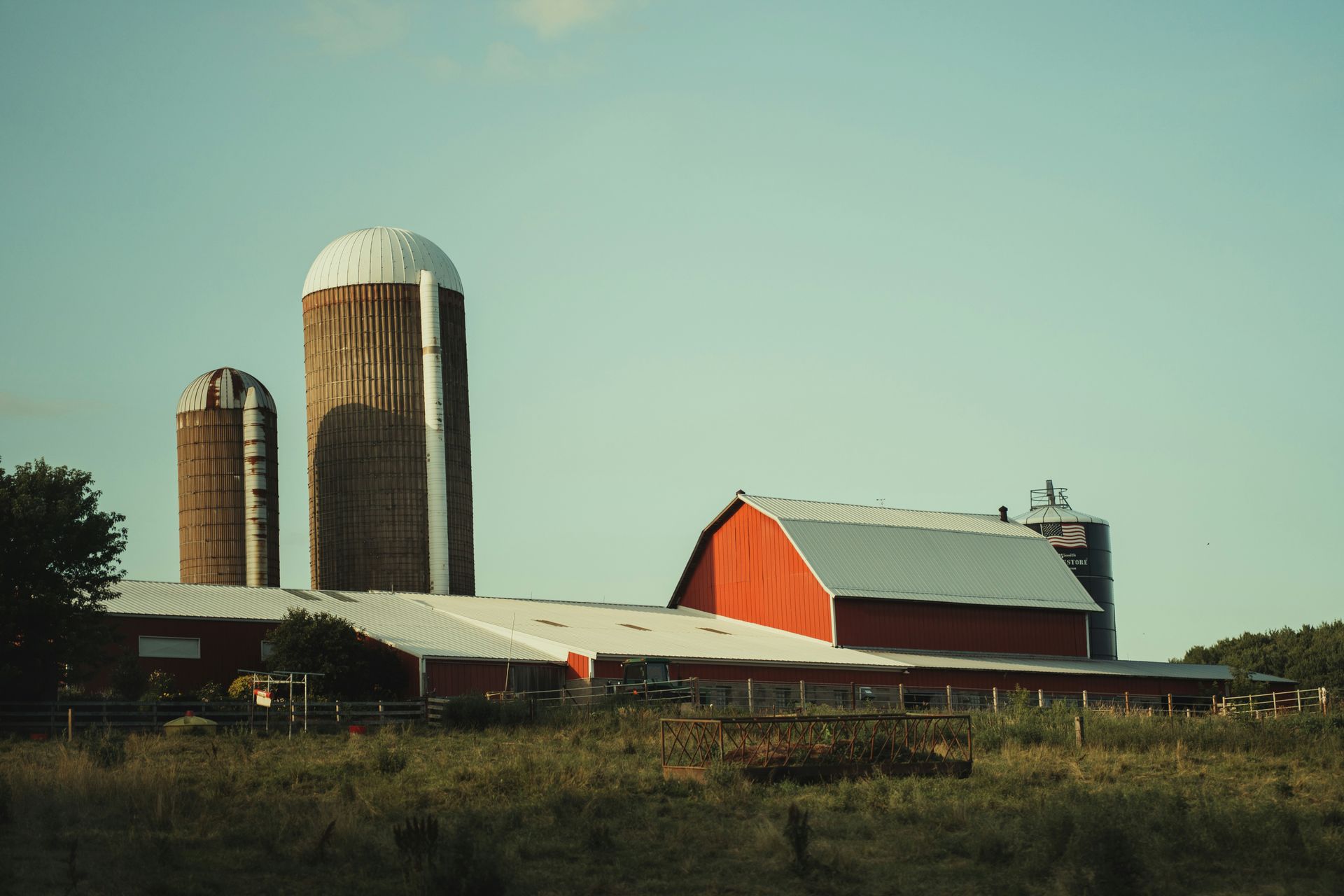Whole-Farm Revenue Protection (WFRP)
One Policy, Full Coverage
Built for diversified & specialty farms
WFRP insures the income you expect to earn from everything you grow or raise on your farm. That includes row crops, fruits, vegetables, and even livestock — all under one coverage plan. It’s especially helpful for small to mid-sized farms, organic producers, or those with unique market setups like CSAs or farm stands. If your income takes a hit for any reason covered by the policy, WFRP may help bridge the gap.


What WFRP Covers
Total revenue protection for the full farm
This policy uses your past tax records and projected sales to calculate a revenue guarantee. It’s a flexible option that adjusts to fit the way your farm actually operates.
Multiple Commodities
Covers farms growing three or more crops or combining crops with livestock.
Specialty & Direct-Market Farms
Useful for farms that sell directly to consumers, markets, or restaurants.
Livestock Income Included
Insures revenue from animals like cattle, hogs, or lambs when raised alongside crops.
Revenue-Based Protection
Pays out if your total farm revenue drops below the insured amount for the year.
Record-Based, Not Acre-Based
Uses your IRS Schedule F and intended plan for the year to determine eligibility and coverage.
Who is Whole-Farm Revenue Protection a good fit for?
WFRP works well for farms that grow more than one commodity or sell through different markets. This includes produce farms, mixed livestock operations, or growers with niche crops and farm-to-table sales. It’s also a strong option for beginning farmers and those not covered by standard crop policies. If your income comes from more than just one thing, WFRP can be a flexible choice.
How is the revenue guarantee calculated?
Your coverage is based on five years of farm tax returns and the farm plan you submit for the current year. The policy uses your average past income and projected revenue to set a guaranteed amount. If your actual income comes in lower due to covered causes, WFRP may pay the difference. It’s a personalized approach that reflects your full operation.
What does WFRP cover that other crop policies don’t?
It covers crops and income streams that may not have individual insurance policies — like small fruit plots, niche vegetables, or mixed sales through CSAs or farmers markets. It also includes livestock revenue when combined with crops. If your operation doesn’t fit the one-size-fits-all mold, WFRP can offer more complete protection.
What kind of records do I need to use WFRP?
You’ll need five years of Schedule F tax forms (or three if you qualify as a beginning farmer), plus a plan for what you’ll grow and raise in the year ahead. You’ll also report any changes during the year that could affect your revenue. We help clients walk through these steps to keep things clear and manageable. Keeping good records helps you make the most of the policy.
Can WFRP be used with other crop policies?
reduce your WFRP coverage slightly. This setup can be helpful for farms that want coverage for a key crop while still protecting their overall income. We’ll help compare options and make sure they work together correctly. It’s all about making the coverage reflect how your farm earns money.
